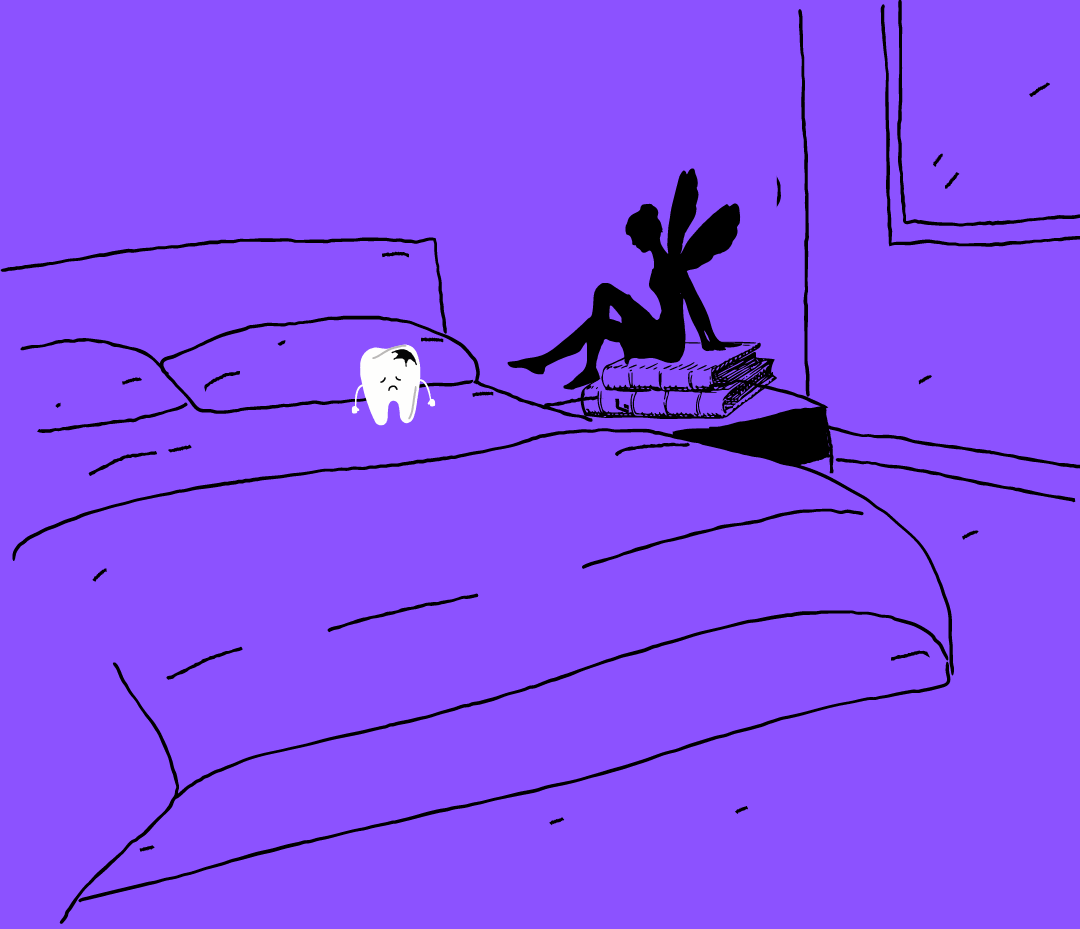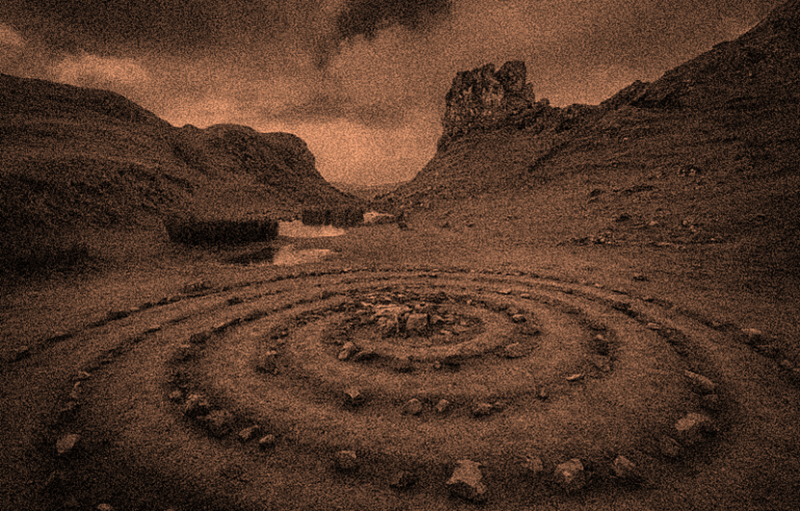Gods and Monsters: Fairies
Eve Volungeviciute
You know what time it is, folks – another dive into mythological creatures! This time we are stepping into the land of fairies and there is quite a lot of talk about so let’s go right in, shall we?

Origin
There is no single origin for stories about fairies but rather different folk beliefs depending on the geographical region, which makes them extremely diverse entities. Some examples would include a Christian interpretation of them being demoted angels/demons. They were also thought to be Pagan deities, spirits of the dead, and even predecessors to humans.
Old French romance described a faie as a woman skilled with magic and herbs. In the Middle Ages, fairie was more of an adjective meaning ‘enchanted’, although this later became the term to describe magical creatures during the Late Middle English times. During the Romance culture period, the terms of fairies and elves got blurred together as the literature of the age featured them interchangeably. This leads into the modern understanding of fairies, which is more specifically English folklore that was then diluted into ‘fairytales’ for children.
Classification
Folklorists over time deemed it necessary to classify fairies into different categories. One of the main criteria for this was whether the fairy was solitary or lived in a group. However, something important to note is that this applied not just to fairies but other creatures like dwarves and elves.
Particularly in Scottish folklore, fairies were divided into the Seelie and Unseelie Courts. While both can be dangerous if not approached carefully, Unseelie Court fairies are the ones who seek out to harm humans for their own entertainment value, which can be an assumed origin of a more evil portrayal of faie in fiction.
Appearance
Fairies are depicted as similar to humans in appearance. Size wise, they range from could-fit-in-a-palm-of-your-hand to natural human size. In some myths they have green eyes, perhaps to tie them further into nature imagery. While there is a good portion of fairies portrayed barefoot, there are just as many that show them with footwear. Wings are more of a post-Victorian addition to their visuals as they flew with magical boosts instead. The wings themselves were illustrated as dragonfly or butterfly shaped.
Locations
Fairy Hills or Forts are what’s left of stone circles, ring forts, hillforts, or other circular prehistoric dwellings in Ireland. They are said to be homes for fairies and other supernatural creatures or portals to the Otherworld.
Certain locations were to be avoided as they were considered the haunts of fairies. For example, digging in fairy hills was not advisable, and people stayed clear of roads travelled by them. Fairy forts were also left untouched as even cutting a bush in that location was pretty much a death sentence.
Protection
A big section of fairy lore discusses methods of protecting yourself from their malice. Some pranks were deemed not that harmful, such as braiding your hair while you slept or stealing a small item. More dangerous tricks were attributed to some types of fairies; for example, a sudden death would be blamed on a fairy kidnapping. Tuberculosis was sometimes pinned on faie as well, with them forcing people to dance to the point of wasting away.
Means of protection contained cold iron, charms made of rowan trees or various herbs. Rowan trees were considered sacred to fairies and therefore a good choice of prevention for people to put in their homes. Protective charms were also used, such as wearing clothes inside out, St John’s wort or four-leaf clovers. Interestingly enough, bread was mentioned as a method of protection in Newfoundland folklore. Then again, it was a common belief in multiple mythologies that baked goods could send evil beings away.
Changelings
This deserves its own piece as changelings are a huge part of fairy folklore. Tales of stolen human babies with fairy ones left in their place were common in medieval literature. The replacement children had pointed ears and were otherwise strangely behaved. More protection measures were taken to prevent this from happening. It’s thought that such reasoning was used in those times to have an explanation for illnesses and developmental challenges in babies and small children.
Tooth fairy
Everyone knows about the tooth fairy on some level, at least in the Western culture where it originates. According to the lore, when a child loses one of their baby teeth, they need to put it under a pillow to receive a coin in return from the fairy. This tradition originates as far back as the year 1200. In the Norse culture, children’s milk teeth were considered to be good luck in battle, with soldiers wearing them round their necks. The Vikings even paid kids to have their teeth.
There are no specific descriptions of the tooth fairy’s appearance. It depends on the way one is featured; friendly ones are shown to look like maternal figures wearing a poofy dress (often pink) while more vengeful ones naturally look more menacing.

Modern day portrayal
Fairies are utilised fairly well (pun intended) when it comes to creative mediums in this day and age, perhaps more in books than movies and TV. One of the bigger examples has to be the story of Peter Pan and his companion TinkerBell who was portrayed as mischevious but good at heart. Disney’s golden age classic Sleeping Beauty also features fairies, with Maleficent herself being one.
For bookworms of a more mainstream tastes, A Court of Thorns and Roses series delves more into the lore with its own twist, as well as Holly Black’s The Cruel Prince series.
The changeling trope is inspiration for quite a few horror movies as the idea that your child has been replaced with something demonic is indeed unsettling. The 2008 crime drama film Changeling takes a much less supernatural approach as it retells a real life murder case; however, the source of inspiration is clear.

